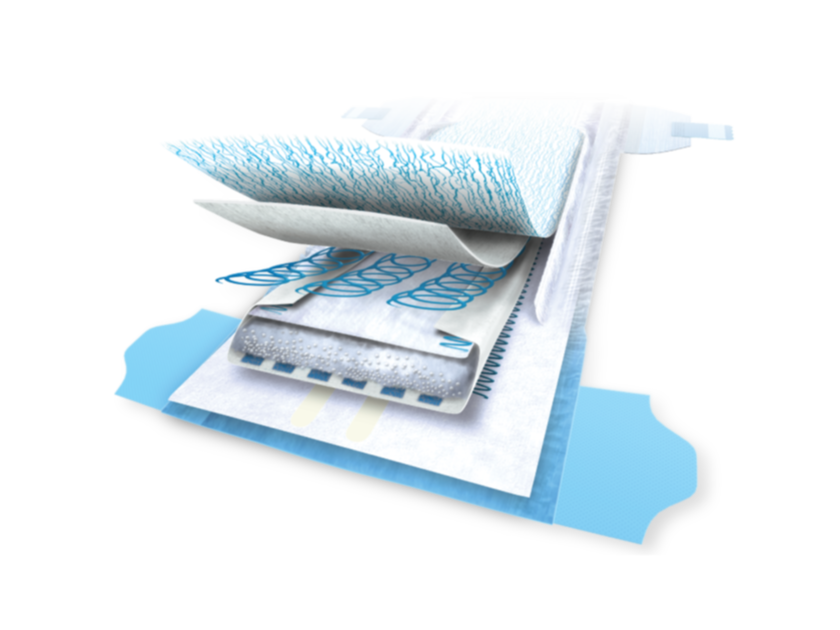Best Practices for Testing Odour in Disposable Hygiene Products
The users of disposable hygiene products may expect or tolerate, to some degree, a faint trace of odour from a baby diaper, feminine protection product, or adult incontinence undergarment during use. But if a product coming out of its packaging has a detectable odour before use, it may raise questions about the product’s freshness and quality. For adult products, it may also raise concerns over discretion during use. Any of these issues may deter consumers from using them, or choosing them a second time.
Finding the source of odour can be challenging, especially when no standard industry-recognised method for odour testing exists. As a result, Bostik’s odour experts recommend a best-practices approach, combining scientific testing with trained human testers.
Analytical techniques for odour testing
The chemical footprint of an odour is typically determined by analytical methods, such as gas chromatography linked to a receptor or detector. These techniques allow separation and identification of volatile compounds. They can also be coupled with sensory panels to directly link a volatile compound to its odour.
Analytical techniques have some limitations. For example, not all volatiles have an odour. Similarly, not all odour-generating compounds can be detected with analytical techniques.
Human sensory panels for odour testing
Product odour can also be measured through sensory panels comprised of trained individuals. They evaluate odour in a standardised way to provide information on intensity, description, and like or dislike.
When measuring odours using human sensory panels, the perception of odour is traditionally broken down along three axes:
- Nature or characteristics of the odour, which is an objective description
- Hedonic tone, which is a subjective measure of the pleasantness or unpleasantness of an odour
- Perceived intensity of an odour
Challenges a sensory panel can face include:
- Repeatability
- Reproducibility
- Cultural/personal bias and sensitivity
- Vocabulary
- The lack of test method standardisation in the industry.
Extensive panel training, which includes learning how to identify and categorise scents using the Bostik Odour Sphere, can help ensure results are not based on personal preference.
Due to the complexities of testing for product odour, it is best to leverage the expertise of odour experts, such as those at Bostik. They will use their knowledge to pinpoint the source and work together to investigate possible solutions. For manufacturers who wish to develop their employees’ skills and gain a deeper understanding of odour testing, Bostik offers additional training services upon request.
Contact Bostik’s Odour experts today to start the conversation.








